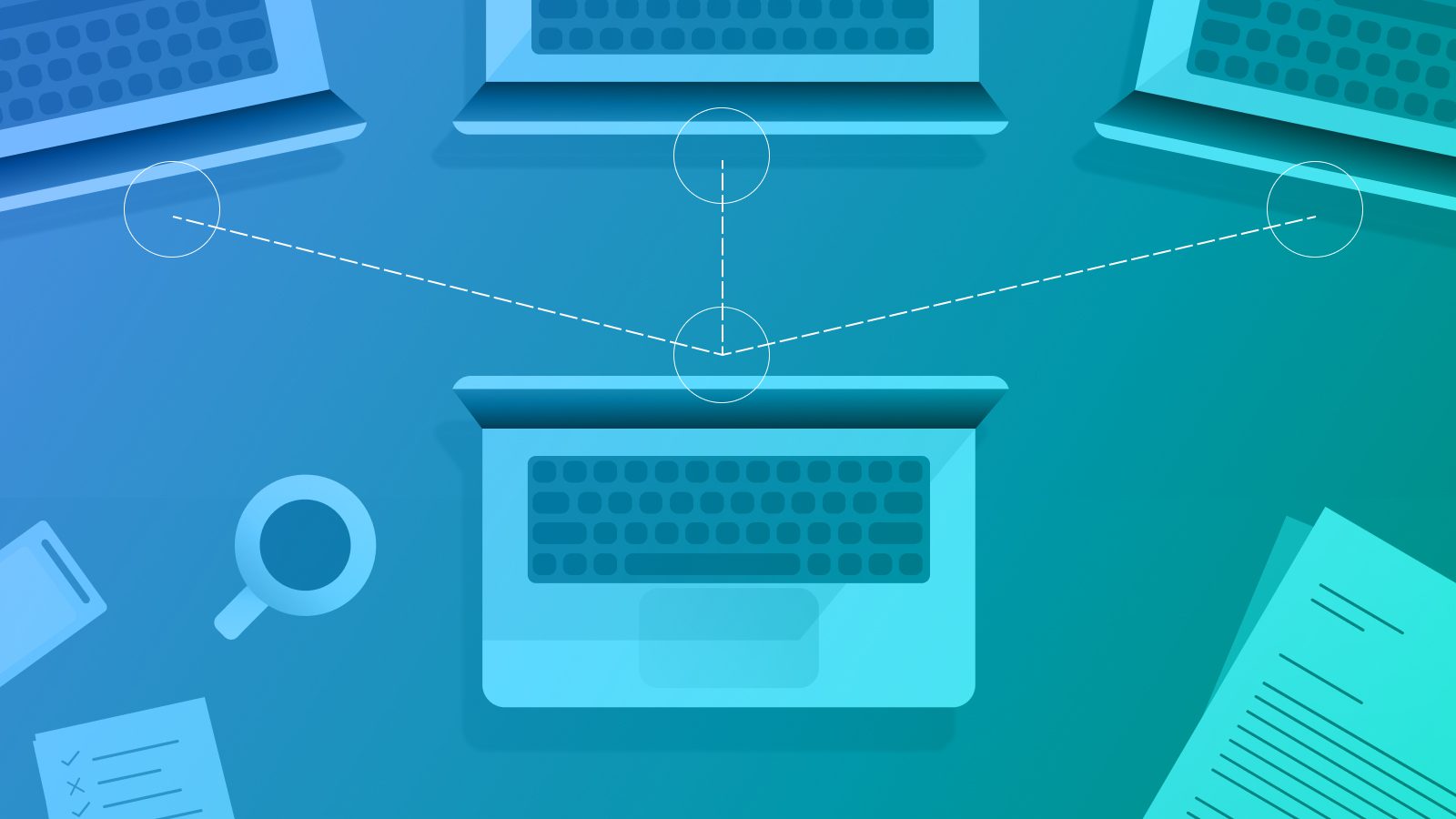Our whole team moved remote in March of 2020, in response to Covid-19. Our Dyspatchios have adapted to working remotely (along with so many other teams around the world), and we’ve been fortunate to recruit and onboard some great folks who want the flexibility of a remote role. We’ve learned that our team works well remotely and we’ve committed to maintaining a remote-first culture moving forward. Part of that commitment is adapting our interview process to reflect remote realities. Through doing remote interviews for a variety of roles, we’ve developed some best practices we’re happy to share. Being more intentional in the structure of our remote interviews and communicating that structure to each of our candidates has made our remote interviewing process more enjoyable and less stressful for everyone involved.
Conducting interviews remotely (we use Zoom) allows us to connect with unique and talented candidates, wherever they may be, though it’s not without challenges! Our Operations department has put together an easy-to-follow checklist to help you make your remote interview process as smooth as possible. Try adding these tips!
- Formalize it – no matter what your remote interview process looks like, write out the steps and share them with everyone involved in your interviews
- Communicate with your candidates – tell them which platforms you’ll be using, how your remote interviews are structured, and what to expect. We even tell our candidates to dress comfortably, as we’re a casual office
- Offer breaks – if your remote interview process has more than one stage, cue a 5 minute camera and mic off break for the candidate in between each stage
- Have a moderator – assigning one of our trained interviews as a moderator has really improved our remote interview experience. In a remote interview our moderators:
- Introduce themselves, stating their name, pronouns, and professional background & they call on other interviewers and the candidate to do the same
- Outline the interview stages and when breaks, presentations via screen-sharing, and time for candidate questions will happen
- Ensure there is a plan in place should there be connection issues – including how to rejoin the call, and encouraging candidates request questions be repeated if there are AV problems
- Facilitate who should be speaking at what point, saying “I’ll go first” and passing it to the next person by name. 2020 showed us how easy it is to speak over each other on Zoom, and this step helps prevent it in interviewing, when it’s really nerve-wrecking!
A shared set of best practices has set our interview teams up for success, and makes our process easy to replicate, giving our candidates a consistent and equitable experience. Give it a try with your next round of hiring and happy interviewing.
